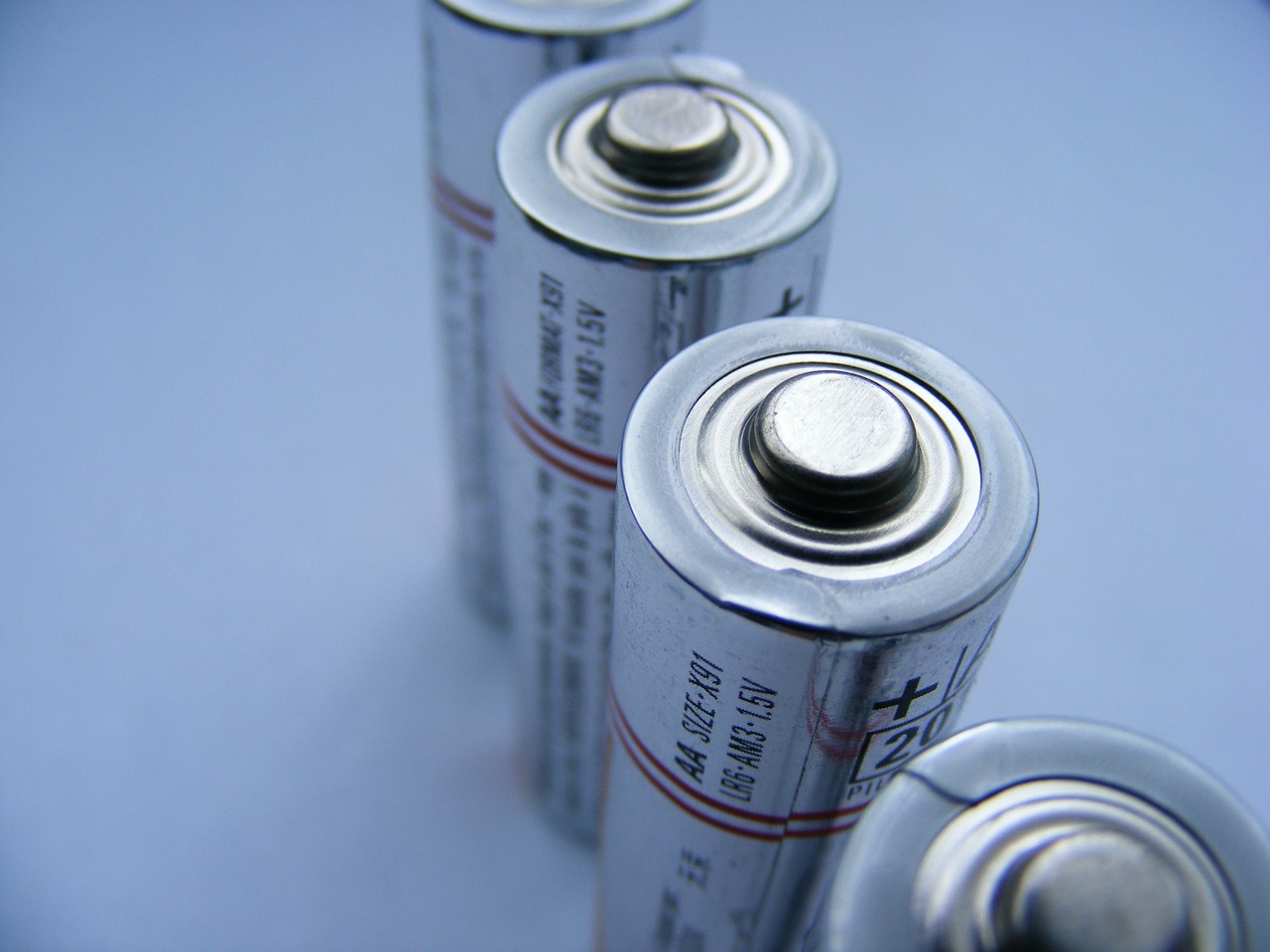
Graphene Sponge Offers Lithium Sulphur Battery Hope
May 2, 2019
Our world is, increasingly, a world that’s powered by batteries. From the phones in our pockets to the cars we drive to and from work, batteries are becoming an ever more essential part of modern life.
However, current battery technologies are far from perfectly designed for the task. The best lithium-ion (Li-Ion) batteries currently offer around 300 watt-hours per kg, with a theoretical maximum of around 350 watt-hours per kg.
That low energy output relative to its weight means that electric vehicles are being hamstrung by excessive battery weight, increasing everything from tyre wear to road damage.
It’s not just output concerning our current reliance on Li-Ion batteries, either. With several environmentally harmful elements like fluorine inside Li-Ion batteries, they are damaging to create and hard to recycle.
As such, research and development on newer battery technologies is gathering steam, benefitting from hundreds of millions of pounds in funding from governments, companies and NGOs worldwide.
There are a huge number of potential technologies vying for mass production. Still, few have proven as promising as lithium-sulphur, which has a theoretical energy density of around 1000-1500 watt-hours per kg and uses sulphur in its makeup – an abundant and more environmentally sound material than fluorine, which is essential to Li-Ion battery technologies.
There is, however, an issue with lithium sulphur battery technologies, and that is the number of charging cycles such technology allows before it loses capacity. Lithium sulphur has traditionally been quite unstable, leading to low cycles and making it unusable for most purposes.
That limitation may have been overcome, however, if a breakthrough from researchers at the Chalmers University of Technology in Sweden can be replicated.
The idea is for a porous, sponge-like aerogel made from graphene oxide, which would act as a free-standing electrode in the battery cell, allowing for better and higher sulphur utilisation.
Lithium sulphur batteries combine cathode and electrode into a single liquid, rather than separate liquids, as traditional batteries demand. This saves weight and offers faster charging and better power capabilities, but it’s proven hard to make stable, which is where the aerogel comes into play.
The aerogel is compressed and inserted into the battery, soaking up the solution like a sponge, allowing the sulphur to cycle back and forth without loss. In testing of the new lithium sulphur battery technology, researchers were able to demonstrate an 85% capacity retention rate after 350 cycles – rates which are higher than that of Li-Ion batteries.
Of course, this is in a laboratory environment and was only tested in a watch-sized battery. However, the technology is a promising one. Alternative manufacturing processes will have to be created to manufacture batteries of this type, but where there is demand and superior technologies, the market will provide them.
At Dehum, we specialise in battery manufacture and humidity control, helping to push the industry to new heights. Get in touch today to learn more about how we can help your business.









